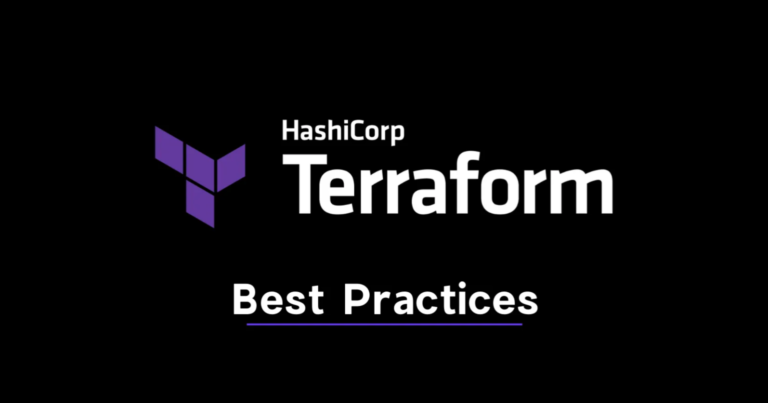Microservice vs Monolith Architecture
In web services development, choosing the right architectural style is crucial for the success of a project. Two of the most debated architectures are microservices and monoliths. While microservices have gained popularity in recent years, monolithic architecture remains a strong contender, especially for startups. This blog dives into both architectures, comparing their features, frameworks, and suitability for different scenarios, with a particular emphasis on why monolithic architecture may be the better choice for startups and in general.
What are Microservices?
Microservices are an architectural design pattern that structures an application as a collection of loosely coupled services. Each service is self-contained and performs a specific function within the larger system. These services communicate with each other through APIs, often over HTTP or messaging queues. The primary advantage of microservices is their ability to be developed, deployed, and scaled independently.
Benefits of Microservices
- Scalability: Individual services can be scaled independently based on demand.
- Flexibility: Each microservice can be developed using different technologies and languages.
- Resilience: A failure in one service doesn’t necessarily bring down the entire system.
- Speed: Smaller teams can work on different services concurrently, potentially speeding up development.
What is a Monolith Architecture?
Monolithic architecture is a traditional approach where the entire application is built as a single, unified unit. All components of the application are interconnected and interdependent, running as a single service. The monolith architecture often includes the user interface, business logic, and data access layers within a single codebase.
Benefits of Monolith Architecture
- Simplicity: Easier to develop, test, and deploy as everything is in one place.
- Performance: Typically, better performance as there are no network latencies between components.
- Consistency: Easier to maintain consistency and enforce policies across the application.
- Cost-effective: Lower infrastructure and operational costs compared to managing multiple services.
Common Microservices Frameworks
Several frameworks and tools support the development and management of microservices. Some of the most popular ones include:
- Spring Boot: A powerful, easy-to-use framework for building microservices in Java. It provides various features to simplify the development process.
- Flask: Lightweight and flexible web framework for Python. It is designed for easy and quick development, providing essential features for building minimalist web applications without enforcing any specific project structure or dependencies.
- FastAPI: Considered by many the successor to Flask, it is rappidly becoming the standard for microservices written in Python.
- Express JS: Minimal and flexible Node.js web application framework. It provides a robust set of features for web and mobile applications, simplifying the creation of server-side web applications with JavaScript.
Common Monolith Frameworks
Monolithic applications can also benefit from robust frameworks that streamline development and maintenance. Some of the widely used monolithic frameworks are:
- Ruby on Rails: Web application framework written in Ruby. It emphasizes convention over configuration and provides a complete solution for monolithic applications.
- Django: Python web framework that encourages rapid development and clean, pragmatic design. It’s well-suited for monolithic applications.
- Laravel: Popular PHP framework designed for web application development with an elegant syntax. It provides a robust set of tools and features, including routing, authentication, and a powerful ORM, making it easier to build and maintain complex web applications efficiently.
- Spring Framework: Framework for building enterprise-level applications in Java. It includes everything needed for a robust monolithic application.
Why Monolith is Better than Microservice for Startups
Startups often face unique challenges such as limited resources, tight budgets, and the need for rapid development. Here’s why a monolithic architecture might be a better fit:
- Simplicity and Speed: Monolithic applications are simpler to build and deploy. Startups can focus on developing their core product without the overhead of managing multiple services.
- Lower Initial Costs: Managing a monolithic application is less resource-intensive and requires fewer infrastructure investments.
- Easier Debugging and Testing: With a single codebase, it’s easier to test and debug the application. This can significantly reduce the time spent on troubleshooting.
- Faster MVP Development: Startups need to get their Minimum Viable Product (MVP) to market quickly. A monolithic approach allows for faster iteration and deployment.
- Unified Development Environment: All developers work on the same codebase, which fosters collaboration and knowledge sharing.
Why Microservice Can Get Out of Hand Quickly
While microservices offer numerous advantages, they can also become a management nightmare, especially for small teams or startups. Here’s why:
- Complexity: Each microservice adds a layer of complexity. Managing multiple services, each with its own database connection and intricacies, requires significant effort and deep architectural knowledge.
- Operational Overhead: Deploying and monitoring multiple services requires advanced DevOps practices and tools, increasing operational overhead. Its not the same to build and deploy 1 monolith app vs building and deploying 10 microservices.
- Inter-Service Communication: Ensuring reliable communication between services can be challenging. Network latencies, retries, and message formats add to the complexity.
- Data Management: Maintaining data consistency across services is complex. Microservices often require distributed transactions or eventual consistency mechanisms.
- Debugging Challenges: Tracing issues across multiple services can be difficult and time-consuming. It requires sophisticated monitoring and logging solutions.
Conclusion
Both microservice and monolith architectures have their place in the software development landscape. While microservices offer scalability and flexibility, they also come with significant complexity and operational overhead. Monolithic architecture, on the other hand, provides simplicity, lower costs, and faster development times, making it an ideal choice for startups.
Startups need to focus on developing their core product and getting it to market quickly. A monolithic approach allows for rapid development and deployment, providing a solid foundation to build upon. As the startup grows and the application’s needs evolve, they can consider transitioning to a microservices architecture if necessary. In the early stages, however, the monolith remains a practical and efficient choice.
Read more about microservices here:
https://learn.codesee.io/migrating-from-microservices-to-a-monolith/
https://www.linkedin.com/pulse/shift-back-monolithic-architecture-why-some-big-making-boudy-de-geer/






Great insights! wonderful blog you have provided us. I’ve also explored related themes in an ultimate guide on my Blog Comparing Scalability in Microservices Architecture Vs. Monolith Architecture. It might add depth to this discussion: I appreciate your thoughts